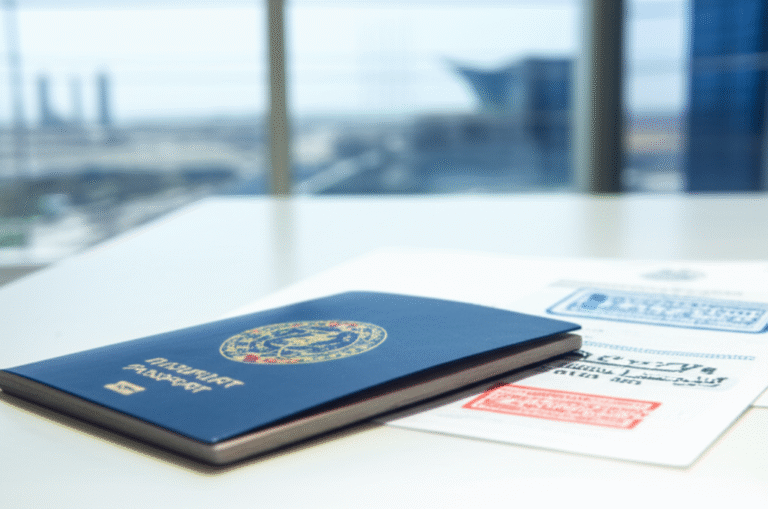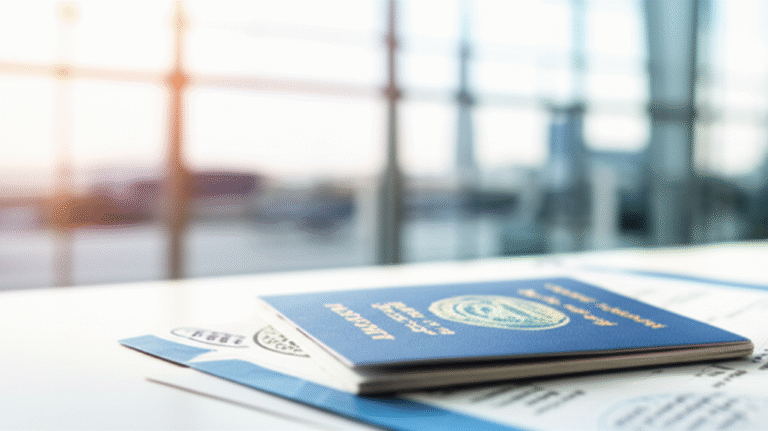Effortless UAE Travel Ban Removal
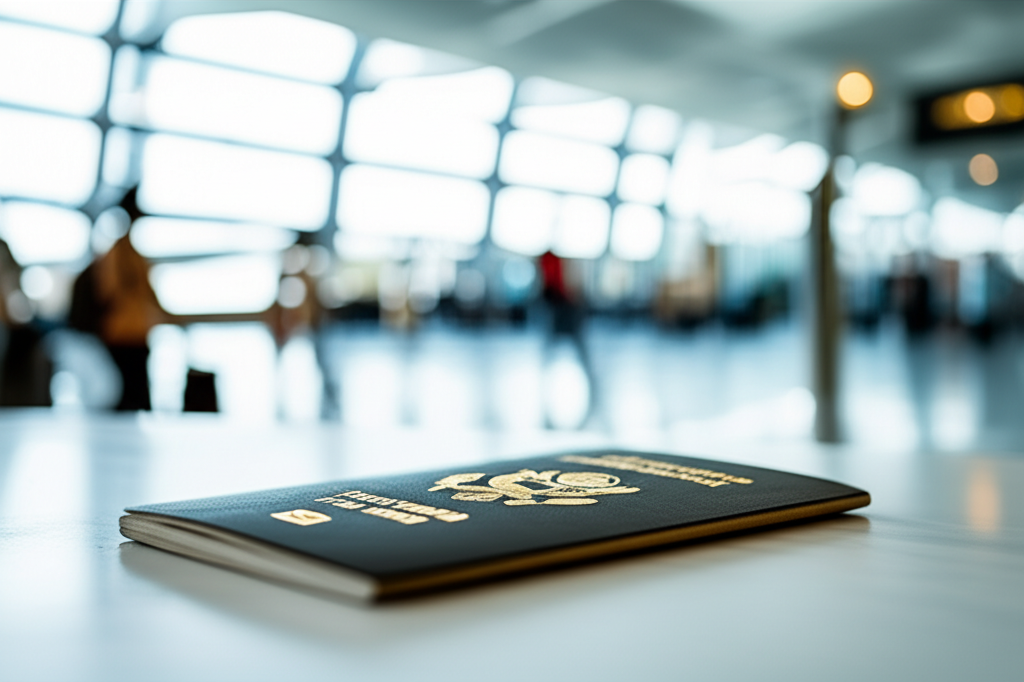
In This Article
- 1 Effortless UAE Travel Ban Removal: Your Step-by-Step Guide
- 1.1 Understanding UAE Travel Bans: What You Need to Know
- 1.2 Your Step-by-Step Guide to UAE Travel Ban Removal
- 1.2.1 Scenario 1: Removing a Travel Ban Due to Debts
- 1.2.1.1 Step 1: Identify the Creditor and the Amount Owed
- 1.2.1.2 Step 2: Contact the Creditor and Negotiate a Settlement
- 1.2.1.3 Step 3: Obtain a ‘No Objection Certificate’ (NOC) or Settlement Letter
- 1.2.1.4 Step 4: Submit the NOC to the Court or Relevant Authority
- 1.2.1.5 Step 5: Court Order to Lift the Ban
- 1.2.1.6 Step 6: Confirm Ban Removal
- 1.2.2 Scenario 2: Removing a Travel Ban Related to Criminal Cases
- 1.2.3 Scenario 3: Removing a Travel Ban in Labour Disputes
- 1.2.4 Scenario 4: Removing a Travel Ban in Family Cases (Divorce, Custody)
- 1.2.1 Scenario 1: Removing a Travel Ban Due to Debts
- 1.3 Important Documents You Might Need
- 1.4 Frequently Asked Questions (FAQ) About UAE Travel Ban Removal
- 1.5 Conclusion: Moving Forward with Confidence
Effortless UAE Travel Ban Removal: Your Step-by-Step Guide
Quick Summary: Thinking about a UAE travel ban? Don’t worry, removing it is often simpler than you might imagine. This guide breaks down the process into easy steps, helping you understand your options and get back to exploring the UAE smoothly. We’ll cover common reasons for bans and practical solutions.
It can be quite unsettling to discover you have a travel ban in the UAE, especially if you have plans to visit or are currently living there. Many people find themselves in this situation, and the good news is that it’s often a temporary issue that can be resolved. Navigating the legal and administrative processes might seem daunting at first, but with clear, step-by-step guidance, it becomes much more manageable. This article is designed to be your friendly roadmap, demystifying the UAE travel ban removal process and empowering you with the knowledge you need. We’ll walk through the common causes, the official procedures, and offer practical tips to make this journey as smooth as possible.
Understanding UAE Travel Bans: What You Need to Know
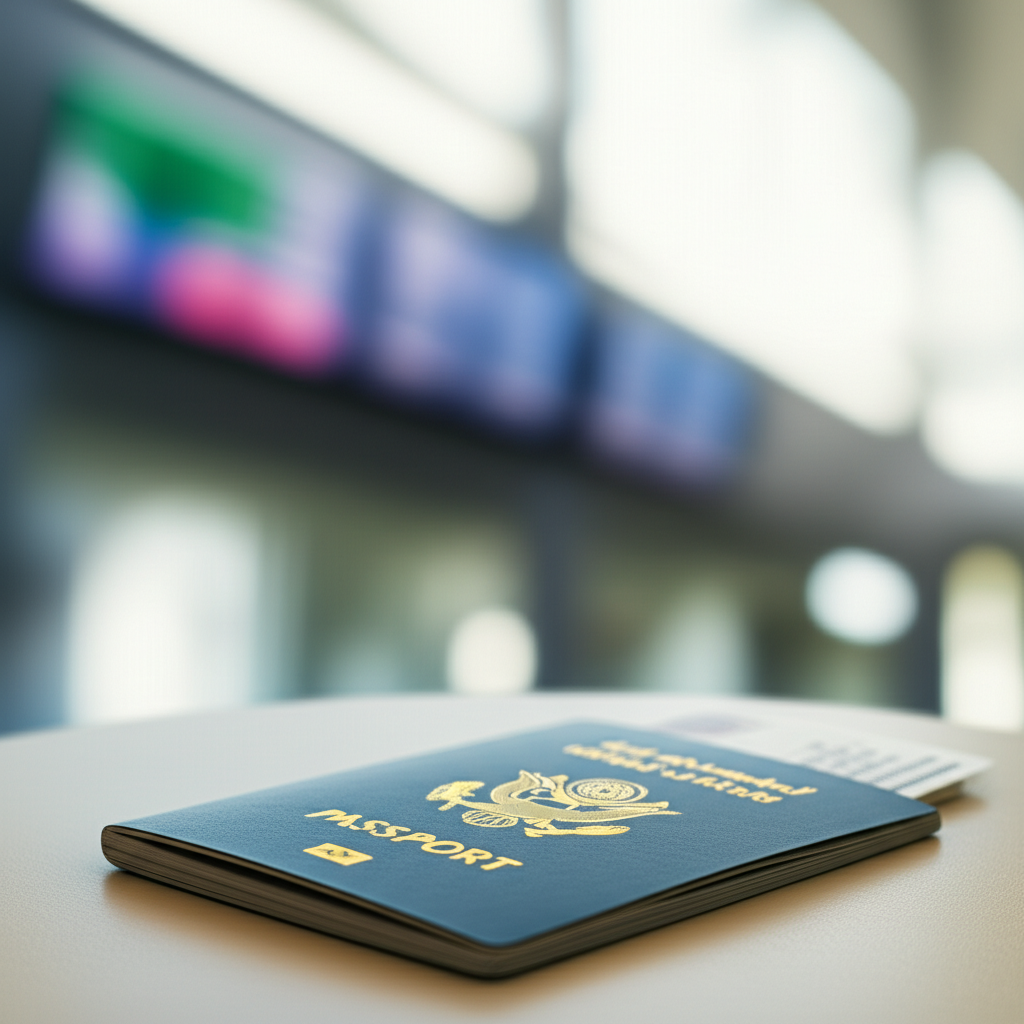
A travel ban in the UAE, also known as an “embargo” or “travel restriction,” prevents individuals from leaving the country. This measure is typically imposed by government authorities for various reasons, most commonly related to legal disputes, outstanding debts, or criminal proceedings. It’s important to remember that a travel ban is a legal instrument, and like most legal matters, there are established procedures to address and potentially lift it. The UAE government aims to ensure fairness and uphold the law, and understanding the specifics of your situation is the first crucial step towards resolution.
The reasons for a travel ban can range from minor administrative issues to more significant legal entanglements. Regardless of the cause, the process for removal often involves demonstrating that the underlying issue has been resolved or by reaching a settlement. We’ll break down the most frequent scenarios and guide you through the necessary actions.
Common Reasons for a UAE Travel Ban
Before we dive into the removal process, it’s helpful to understand why a travel ban might be issued in the first place. Identifying the root cause is key to finding the right solution.
1. Outstanding Debts and Financial Obligations
This is perhaps the most common reason for a travel ban. If you owe money to an individual, a company, or even the government, and the creditor has filed a case against you, a travel ban can be imposed to ensure you don’t leave the country before settling your dues. This can include:
- Unpaid loans (personal loans, car loans, credit card debt)
- Unpaid rent
- Unpaid service bills
- Dishonored cheques
In such cases, the ban is usually lifted once the debt is fully settled, or a formal agreement and payment plan are reached with the creditor and approved by the court.
2. Criminal Cases and Investigations
If you are involved in a criminal investigation or have been charged with a crime, a travel ban can be issued to prevent you from absconding while the case is ongoing. This applies to both minor and major offenses. The ban remains in effect until the legal proceedings are concluded and all judgments are satisfied.
3. Labour Disputes
In situations where there’s a dispute between an employer and an employee, and the employee has filed a complaint with the Ministry of Human Resources and Emiratisation (MOHRE) or the courts, a travel ban might be issued. This is often to prevent the employer from absconding or to ensure fair resolution of the dispute. The ban is typically lifted once the labour case is settled.
4. Divorce and Child Custody Cases
During divorce proceedings or in cases involving child custody, a travel ban can be requested by one party to prevent the other from leaving the country with the children or to ensure financial obligations (like alimony or child support) are met.
5. Administrative Fines and Penalties
In some rare instances, outstanding administrative fines or penalties from various government entities might lead to a travel ban if they are not settled. This is usually for more serious or persistent violations.
How to Check if You Have a UAE Travel Ban
The first step to resolving a travel ban is confirming its existence. Fortunately, the UAE government provides straightforward online services for this.
Option 1: Checking through the Dubai Police Website
If you are in Dubai, you can check for a travel ban through the Dubai Police portal. This is a simple and confidential process.
- Visit the Dubai Police Smart Services.
- Navigate to the “Personal Information” section and select “Check for Travel Ban.”
- You will typically need to provide your Emirates ID number or passport details.
- Follow the on-screen instructions to submit your request.
Option 2: Checking through the Ministry of Interior (MoI) UAE Pass
The Ministry of Interior (MoI) offers a unified portal accessible via the UAE Pass mobile application. This service covers all Emirates.
- Download the UAE Pass app on your smartphone.
- Register and log in using your UAE Pass credentials.
- Search for “Travel Ban Inquiry” or a similar service within the app.
- Enter your Emirates ID or passport number as required.
- The system will then inform you if a travel ban is active against your name.
Option 3: Visiting a Police Station or Tas-heel Centre
If you prefer an in-person approach or are having trouble with the online services, you can visit any police station or a Tas-heel government service centre in the UAE. They can assist you in checking for any active travel bans.
Your Step-by-Step Guide to UAE Travel Ban Removal
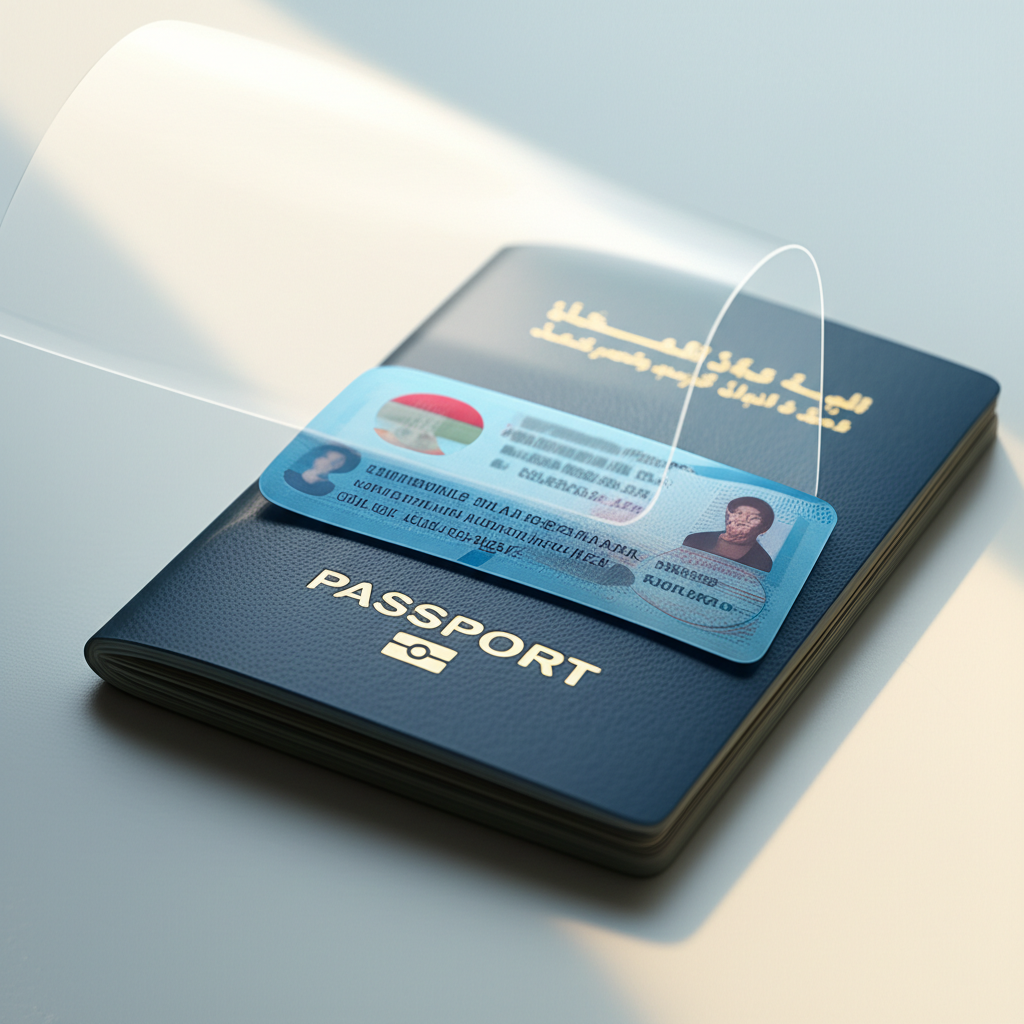
Once you’ve confirmed a travel ban, the next step is to initiate the removal process. The exact procedure depends on the reason for the ban, but the general approach involves addressing the underlying issue and obtaining the necessary clearances. Here’s a breakdown of the common scenarios and how to tackle them.
Scenario 1: Removing a Travel Ban Due to Debts
This is a common situation, especially for individuals who have faced financial difficulties. The key is communication and settlement.
Step 1: Identify the Creditor and the Amount Owed
If you are unaware of the debt, you’ll need to find out who the creditor is and the exact amount. This information can often be obtained from the court order or by contacting the relevant authorities if the ban was imposed by a government agency. If a cheque was issued and dishonored, the bank can provide details.
Step 2: Contact the Creditor and Negotiate a Settlement
Your primary goal should be to communicate with the creditor. Attempt to negotiate a settlement. This could involve:
- Full Payment: If you can afford to pay the entire amount, this is the quickest way to resolve the issue.
- Payment Plan: If full payment is not feasible, try to agree on a structured payment plan. Be realistic about what you can afford to pay monthly.
- Settlement Amount: In some cases, you might be able to negotiate a lower settlement amount if you can prove your financial hardship.
It is highly recommended to have any settlement agreement notarized and officially documented.
Step 3: Obtain a ‘No Objection Certificate’ (NOC) or Settlement Letter
Once you have reached an agreement with the creditor, you must obtain a formal ‘No Objection Certificate’ (NOC) or a settlement letter. This document should clearly state that the creditor has no further claims against you and consents to the lifting of the travel ban. Ensure it is on the creditor’s official letterhead and signed by an authorized representative.
Step 4: Submit the NOC to the Court or Relevant Authority
The next step is to present this NOC to the court that issued the travel ban or the relevant authority (e.g., the Public Prosecution or the Execution Court). You will likely need to file a petition to lift the travel ban, supported by the NOC and any other required documentation.
Step 5: Court Order to Lift the Ban
The court will review your application and the NOC. If satisfied, they will issue an order to lift the travel ban. This order is then communicated to the immigration authorities.
Step 6: Confirm Ban Removal
After obtaining the court order, it’s wise to re-check for the travel ban using the methods mentioned earlier to ensure it has been officially removed from the system.
Pro Tip: If you are facing difficulty communicating with the creditor or negotiating, consider hiring a legal consultant or lawyer in the UAE. They can act on your behalf and expedite the process.
Scenario 2: Removing a Travel Ban Related to Criminal Cases
Travel bans related to criminal cases are handled by the Public Prosecution and the courts.
Step 1: Understand the Case and Contact Legal Counsel
If you are involved in a criminal case, it is crucial to understand the charges against you. Your first and most important step is to hire an experienced criminal lawyer in the UAE. They will guide you through the legal procedures, represent you in court, and advise on the best course of action.
Step 2: Cooperate with Legal Proceedings
Full cooperation with the authorities and your legal counsel is essential. This includes attending all court hearings and providing truthful information.
Step 3: Resolution of the Case
The travel ban will typically remain in place until the criminal case is resolved. Resolution could involve:
- Acquittal: If you are found not guilty, the ban should be lifted.
- Conviction and Sentence Served: If convicted, the ban is usually lifted after you have completed your sentence or fulfilled any other court-imposed requirements.
- Out-of-Court Settlement (if applicable): For certain minor offenses, an out-of-court settlement might be possible, leading to the lifting of the ban.
Step 4: Petition to Lift the Ban
Once the case is favorably concluded or all requirements are met, your lawyer will file a petition with the Public Prosecution or the relevant court to lift the travel ban. The court will then issue an order for removal if all conditions are satisfied.
Scenario 3: Removing a Travel Ban in Labour Disputes
Labour disputes are often mediated by the Ministry of Human Resources and Emiratisation (MOHRE).
Step 1: File a Complaint with MOHRE
If you are an employee with a labour-related issue that has resulted in a travel ban, you should first file a formal complaint with MOHRE. They will investigate the case and attempt to mediate a resolution between the employer and employee.
Step 2: Attend Mediation Sessions
Cooperate with MOHRE and attend any scheduled mediation sessions. The aim is to reach a mutually agreeable settlement, which might involve unpaid salaries, end-of-service benefits, or contract termination issues.
Step 3: Obtain a Settlement Agreement
If a settlement is reached, it will be documented. Once the terms of the settlement are met (e.g., payment of dues), MOHRE will usually issue a clearance or recommend the lifting of the travel ban.
Step 4: Submit to the Immigration Authorities
With the clearance from MOHRE or a court order (if the case proceeded to court), you can then approach the relevant immigration authorities to have the ban removed. Your employer may also be required to provide a letter of no objection.
Note: For more complex labour cases, you might need to escalate the matter to the Labour Court, where a judge will make a final decision.
Scenario 4: Removing a Travel Ban in Family Cases (Divorce, Custody)
Travel bans in family law matters are typically issued by the courts upon request.
Step 1: Consult a Family Lawyer
It’s highly advisable to seek legal counsel from a lawyer specializing in family law in the UAE. They can advise you on the intricacies of family court procedures and your rights.
Step 2: Address the Court’s Concerns
The ban was likely issued due to specific concerns raised by the other party (e.g., child support arrears, fear of abduction). You need to demonstrate to the court that these concerns have been adequately addressed.
Step 3: Reach a Settlement or Fulfill Court Orders
This might involve:
- Paying all outstanding child support or alimony.
- Providing guarantees or sureties that you will not abscond with the children.
- Reaching a formal parenting plan or custody agreement.
Step 4: File a Petition to Lift the Ban
Once you have fulfilled the court’s requirements or reached a settlement, your lawyer can file a petition with the family court to lift the travel ban. The court will review the evidence and issue an order accordingly.
Important Documents You Might Need
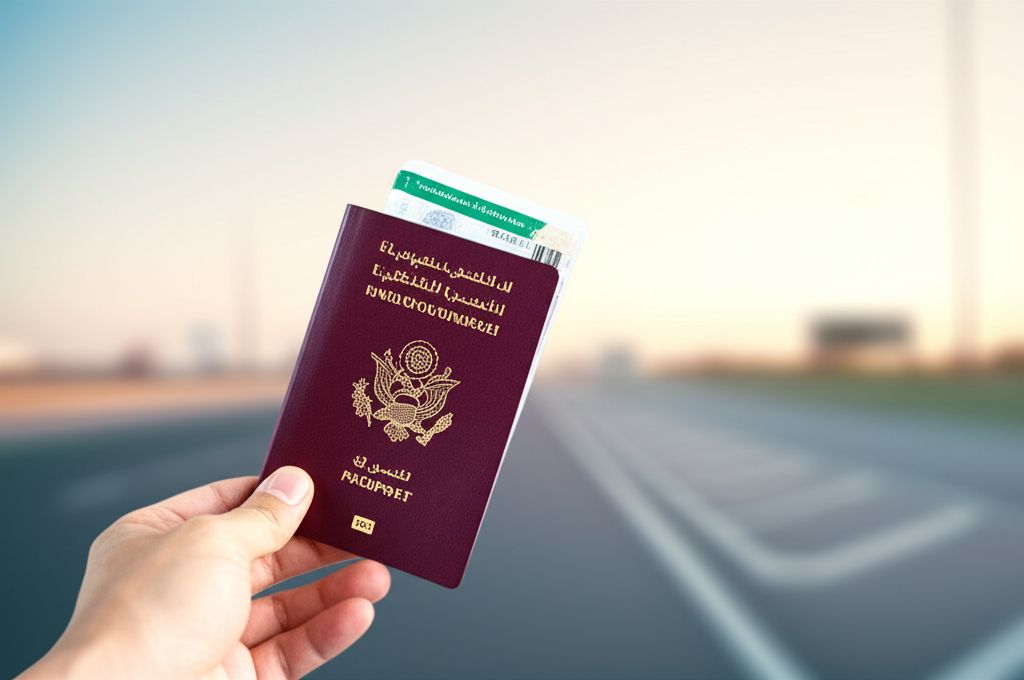
Gathering the right documents is crucial for a smooth travel ban removal process. While the specific requirements vary, common documents include:
| Document Type | Purpose | Notes |
|---|---|---|
| Emirates ID / Passport Copy | Identification | Ensure it’s clear and valid. |
| Court Order (if applicable) | Proof of ban issuance | Obtain from the relevant court. |
| No Objection Certificate (NOC) / Settlement Letter | Creditor’s consent to lift ban | Must be notarized and on official letterhead. |
| Proof of Debt Settlement | Evidence of payment | Bank statements, receipts. |
| Power of Attorney (if using a lawyer) | Authorizing legal representation | Must be legally drafted and attested if necessary. |
| MOHRE Clearance Letter (for labour cases) | Ministry approval | Issued after case resolution. |
| Updated Visa/Residency Status | Proof of legal stay (if applicable) | To confirm your legal standing in the UAE. |
Dealing with official procedures can sometimes be challenging. Here are some tips to make the process more manageable:
- Be Patient: Bureaucratic processes can take time. Avoid rushing and be prepared for potential delays.
- Stay Organized: Keep copies of all documents, correspondence, and payment records.
- Communicate Clearly: When dealing with officials, be polite, clear, and concise in your explanations.
- Seek Professional Help: If you’re unsure about any step, a legal consultant or lawyer specializing in UAE law can be invaluable. They understand the nuances of the legal system and can significantly expedite the process. Organizations like the Ministry of Justice and the Dubai Land Department (for property-related issues) are official sources of information.
- Understand the Fees: Be aware that there might be government fees, court fees, and professional fees associated with lifting a travel ban.
Frequently Asked Questions (FAQ) About UAE Travel Ban Removal

Here are some commonly asked questions to help demystify the process even further.
Can I leave the UAE if I have a travel ban?
No, if a travel ban is active, you will be stopped at immigration and prevented from departing the country. It’s essential to resolve the ban before planning any travel.
How long does it take to remove a travel ban?
The timeframe can vary significantly depending on the reason for the ban and the complexity of your case. Simple debt settlements might take a few days to a couple of weeks, while criminal or complex legal cases can take much longer. Having all your documentation in order and working with legal professionals can help speed things up.
What if I disagree with the travel ban?
If you believe the travel ban was issued incorrectly or unfairly, you have the right to contest it. This would typically involve filing an appeal or objection through the appropriate legal channels, usually with the help of a lawyer.
Can someone else pay my debt to have the ban lifted?
Yes, in many debt-related cases, a third party can indeed pay the outstanding amount on your behalf. However, it’s crucial to have this arrangement formalized and documented to ensure the creditor officially acknowledges the payment and agrees to the lifting of the ban.
What happens if I ignore a travel ban?
Ignoring a travel ban is not advisable. It can lead to more serious legal consequences, including fines, detention, and potential deportation after the underlying issues are resolved. It’s always best to address the situation proactively and legally.
Do I need a lawyer to remove a travel ban?
While it’s not always mandatory for every single case, a lawyer is highly recommended, especially for anything beyond a simple debt settlement. They can navigate the legal complexities, communicate with authorities and creditors effectively, and ensure the process is handled correctly and efficiently, saving you time and potential stress.
Conclusion: Moving Forward with Confidence
Discovering a travel ban can feel overwhelming, but as you’ve seen, it’s a resolvable issue. By understanding the reasons behind the ban, meticulously following the correct procedures, and not hesitating to seek professional legal advice when needed, you can navigate the process of lifting a UAE travel ban with confidence. Remember, the UAE legal system provides avenues for resolution, and with the right approach, you can clear your name and regain your freedom to travel.
We hope this detailed guide has provided you with clarity and reassurance. Take it one step at a time, stay organized, and you’ll be well on your way to a swift resolution. Safe travels!

